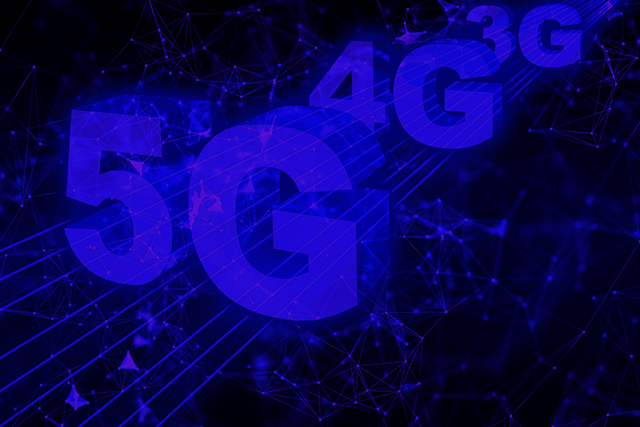5G & WebRTC: use cases trends in the near future
As you probably know, WebRTC is a technology which allows voice, video and collaboration directly from the browser, with no need to install anything there. WebRTC stands for web-based Real Time Communication. Despite the technology having been around for some time (Quobis started to use it in 2012), its popularity is growing. Popular tools like MS Teams, Zoom or Cisco Webex are using it and the COVID -19 has boosted the demand and adoption.
In parallel, 5G networks are being rolled out currently. This represents very low latency and increased bandwidth. This mixed with the flexibility and easy-adoption of WebRTC can create new use cases and market trends. Vendors, telcos and public authorities have launched different initiatives to promote pilots and demonstrators of 5G. This post includes some use cases where WebRTC can play a relevant role as an enabler of use cases on 5G deployments, based on pilots and experiences of Quobis.
Connected car
5G brings very low-latency and high bandwidth, critical for taking decisions in real time. This is the case of the connected car industry that foresees 5G as the critical technology to make it possible to take decisions remotely in real time.
In Quobis we took part in this project with PSA (Peugeot Citroen), that uses WebRTC for real-time videoconferencing from-to the car. In roadmap there are different evolutions like:
- Use of WebRTC for multi-camera transmission with HD quality and low latency over 5G
- Remote control over actuators in real time
- Exposing an API for integration with third party services (insurance companies, …)
The objective would be to generate a valid solution for fleet vehicles (car sharing and similar), because the demand is growing and those who are setting the technological standard. For instance, the on-board camera (which we assembled in the aforementioned project) would serve to manage user onboarding (verifying the identity of the user in case of car sharing or rental)
Industry 4.0 – Smart factory
The fourth revolution of the Industry seems to be an interesting opportunity for 5G. Low-latency, ubiquitous connectivity and high-bandwidth can help IoT, sensors, etc to provide accurate information and reduce production expenses and risk. Quobis has been working on an European project called 5GTango on this field.
It’s important to introduce the concept of a private 5G network, where a company can settle up a network in order to avoid dependencies of third parties (costs of service providers, security threats, etc.)
Based on the current status, we have defined some topics:
- Develop a WebRTC app for multimedia employee communications, including cobrowing, collaboration, call recording / indexing, user validation / authentication, …
- Development of an API so that AI engines can anticipate actions (anomalous behaviours that prevent accidents, production failures, etc.)
- Servo remote control via data channels of elements.
- Video-evaluation tool for field technicians
- etc.
Media – Entertainment
Quobis has been quite active in the media business, promoting tools based on WebRTC that enable new use cases for telcos and broadcasters to bring some interactivity to media streaming. Uses cases covered are:
- Social TV tool, where people consume content from a CDN with an HTML player that synchronizes and makes (in parallel) a videoconference between them.
- Same technology but to interact with the broadcaster (TV station), so that you can upload your video and actively participate (remotely) in TV contests, interviews with politicians or do citizen journalism in a news program. This approach avoids setting up satellite links and sending professionals the point of the news.
- Taken to the football stadium or similar, today companies provide automatic and multi-camera realization of soccer matches. Based on WebRTC you can explore use cases likes adding more video sources from users that are in the stadium, which could feed the AI system or other use cases like:
- Add commentators (voice, chat) live in the stadium or remotely
- Consume the new content both from people on the field and outside.
- Immersive experiences for the people in the stadium, maybe connected to a private 5G network.







